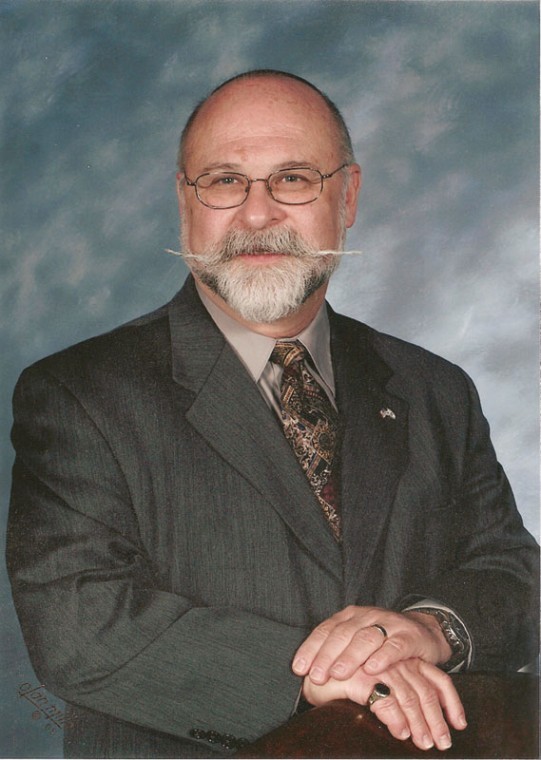A sacred dwelling
Published February 13, 2013
Over the past several years, we have called on professionals to remodel different parts of our home. Every time we met with one of them, he or she would dazzle us with swatches and squares and plans and colors and fabrics and dimensions until my eyes soon glazed over from all of the stimulation in front of me. I found the process overwhelming at times due to all of the details involved.
This week’s Torah portion, Terumah, is the first of several in a row which will provide every detail in the construction of the structure variously called “The Tent of Meeting,” “The Mishkan (Dwelling)” or “The Miqdash (Sacred Place, Sanctuary).”
As each week’s Torah portion is read, there will may be eyes glazing over at all times along the way, as we learn of the fine fabrics, the precious metals and stones, the exotic woods and the fine artistry that went into the structure’s construction. Just as it was difficult to imagine the finished rooms during the detailed conversations about materials, so one can lose sight of the purpose for this Tent of Meeting/Mishqan/Miqdash which the people are authorized to begin constructing. Therefore, in the early verses of the parashah, in fact, the purpose for the structure is clarified: “Ve`asu Li Miqdash Veshachanti Betochem – Make Me a Miqdash (a Sacred Place/Sanctuary), and I shall dwell within (or among) them.” (Ex. 25:8) This manse, the people are told, is not to provide a dwelling place for God. Rather it is to enable God to reside within and/or among the people themselves.
As is the case today with houses of worship constructed by a wide variety of religious communities, the one described in this Torah portion can best be described as opulent. It stood in the center of the community and was, no doubt, the most expensive dwelling in the entire community. It is difficult to believe that there was a member of the people of Israel so wealthy as to be able to match its materials, its workmanship and its dimension. The Israelites were asked to contribute Terumah, a Hebrew word that comes from a root meaning “to raise, to lift up,” all of the materials necessary to construct this centerpiece in the camp as well as on the march to the Promised Land. Without these contributions on the part of everyone, there would have been no Sanctuary.
The parallel today is obvious. Congregations build Sanctuaries on a grand scale in order that God continues to dwell within the community and within the individual members of the community. In order to build them, in order to maintain them, it takes the contributions of all members of the community. The same is true once one is in the Sanctuary. For God to find a dwelling place within the hearts and souls of the community, people need to be present, not only physically but emotionally and spiritually. The rabbi, the cantor, the prayer book, the rituals and the ritual objects, no matter how good, how fine or how brilliant, cannot bring God into the community alone. Each member must do his/her part to accomplish this at whatever level he or she is capable of doing.
While it is true that one can encounter God anywhere and anytime, the Sanctuary provides the right environment for doing so. It can serve as a focal point, directing our attention inward to the process of prayer and self-examination that is necessary to experience God’s Presence. Its purpose is to provide for the possibility that God can dwell within the congregation.
















